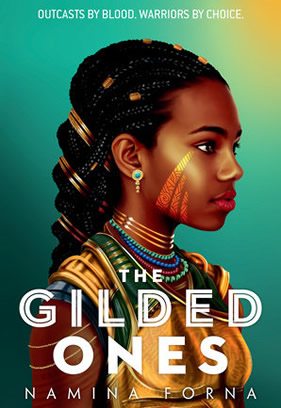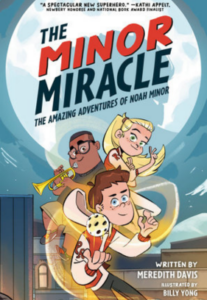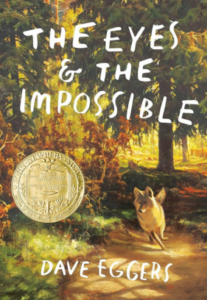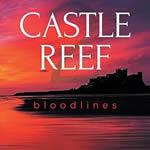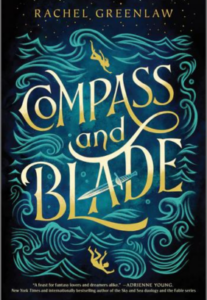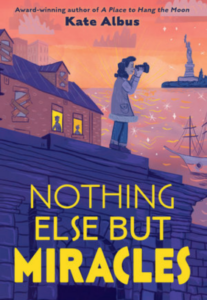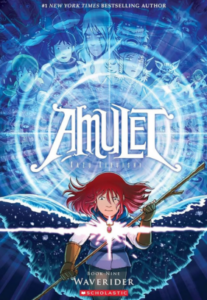Being 16 and a female in the deeply patriarchal, ancient kingdom of Otera is different than being a young woman in many other lands. In Otera, a young woman’s value is based on her purity and her ability to marry and raise a good family, making her village stronger and healthier.
That purity isn’t measured so much by a woman’s actions, however, as it is by the color of her blood. Every year there comes a time for the blood ceremony—a day when all maturing teen girls must step up, by decree of the holy book of Infinite Wisdoms, and be cut by a village priest.
Sixteen-year-old Deka has been anticipating and kind of dreading that day for a long time now. She really wants to be able to officially become a member of the village, but she has her worries. She’s already been given distrusting glances by some in her Northern village because of her dark skin color. Her deceased mother was from the dark-skinned South, which means Deka stands out among the blonde-haired, pink-skinned girls in this wintery town.
All Deka can do is pray that there won’t be other differences about her that cause problems during the village-wide ceremony.
But on the day of the ceremony … her blood runs gold. That’s not only a color of impurity, it’s what the holy book says is the mark of a demon! Which strikes Deka as impossible. How could she be that evil? What did she ever do to earn this from Oyomo on high? But there’s one thing the anguished teen is sure of: Because of this curse she will face a terrible, bloody consequence worse than death.
And she does. At her own father’s hand.
Though the torture she endures would surely kill any other woman, or man, Deka survives. Her torn flesh miraculously stiches itself back together over and over. Is this yet another torment sent upon her from the heavens?
Then a mysterious woman arrives from the Empire’s capital. And she offers the now nearly crazed Deka a choice: stay in the village and continue to submit to her fate or leave to fight against a great coming evil in an army of girls just like her.
The fact that there are female warriors is already a shocking revelation for the beleaguered Deka. But the notion that these women—near-immortals called alaki—are all like her, rattles her to her core. Deka decides that if that is how Oyomo wants her to serve, if that is what all this horror she’s endured has been for, then she will follow that path. She will leave the only life she’s ever known and learn how to use whatever powers she possesses for the good of all.
But Deka will soon learn that everything and everyone she’s ever held to be true—every anchor she’s clung to, every fact she’s been sure of—is something altogether different.



